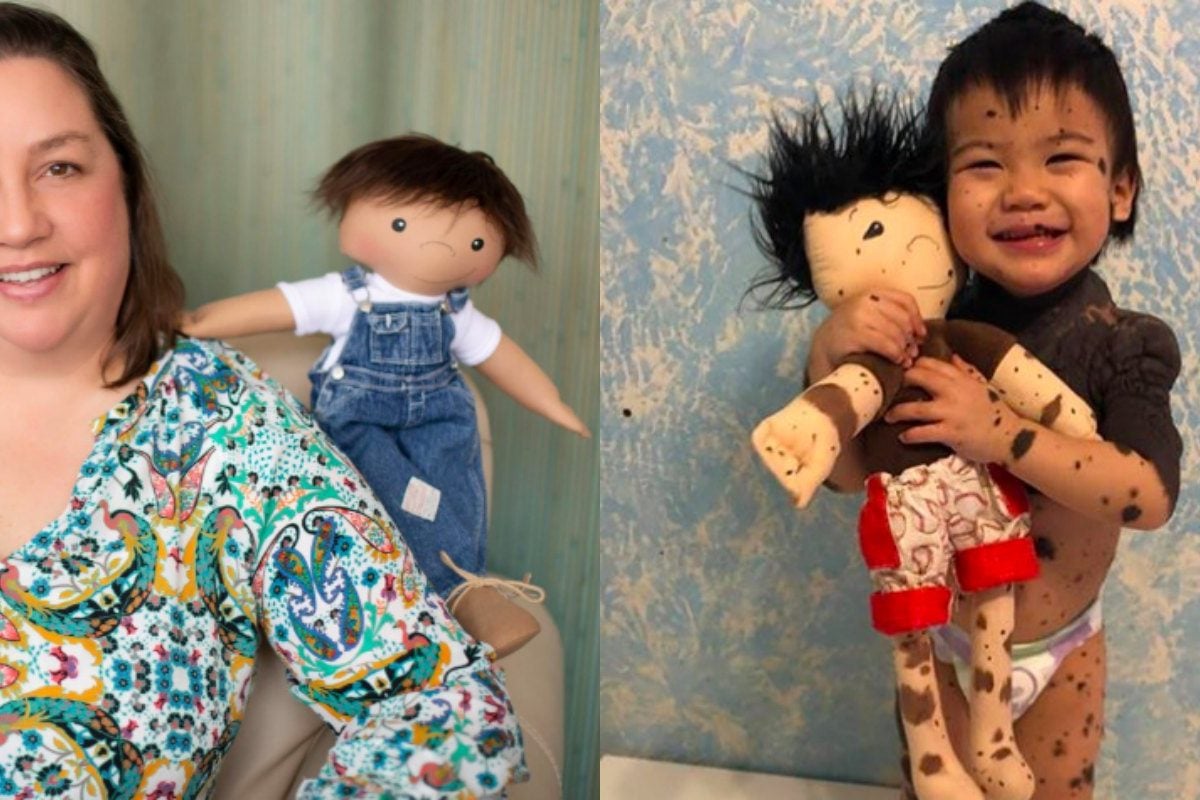
Toys have come a long way since the days of the traditional Barbie, whose appearance resembled only a tiny minority of women and girls. In 2019, you can walk into any toy shop and you’ll see dolls of various skin colours and shapes – not with only Caucasian skin and hourglass figures.
Amy Jandrisevits, a social worker who worked in paediatric oncology during the 1990s, used play therapy with dolls during children’s time with her. She noticed that the dolls – often Cabbage Patch Kids – were a mainstream representation of what society saw as ‘typical.’
“I thought, these kids need something that looks like they do,” Jandrisevits told People last month.
But it wasn’t until 2015, when a mother whose daughter lost a leg to amputation asked if she could make a doll that looked like her daughter, that the long-time hobby craftswoman started her non-profit organisation, A Doll Like Me.

